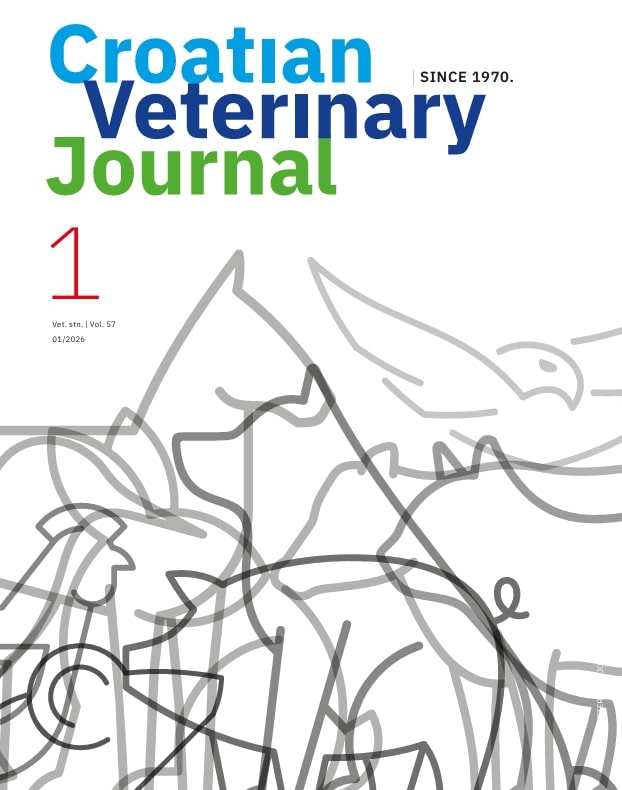Metallothionein gene methylation reflects epigenetic changes in white stork (Ciconia ciconia L., 1758) nestlings
DOI:
https://doi.org/10.46419/cvj.57.1.5Keywords:
epigenetics, white stork, methylation-specific real-time PCR, metallothioneinsAbstract
The white stork (Ciconia ciconia), a migratory bird from the Ciconiidae family, thrives in open habitats such as floodplains and wet meadows. In recent years, they have increasingly turned to foraging at landfills. Given that, white storks are apex predators and environmental pollutants accumulate in their bodies through the food web. Such exposure to pollutants can result in environmental stress, leading to epigenetic modifications that can influence gene expression. In this study, the percentage of the methylation index of the regulatory region of the metallothionein gene was analysed using methylation-specific real-time PCR to investigate the potential epigenetic effects of environmental pollution on white storks. The results suggest that both hypermethylation and hypomethylation of the MT gene may be associated with exposure to specific metals, depending on the pollutant profile and the nestling's detoxification capacity. Variations in the methylation index point to potential epigenetic responses in white stork nestling populations, which could serve as sensitive indicators of environmental stress. These findings represent the first successful application of DNA methylation analysis in the white stork nestlings in Croatia. Further detailed studies are needed to elucidate the causes of these methylation differences and to explore their relationship with metallothionein gene expression and broader biological outcomes. These results provide a foundation for future research aimed at understanding the influence of environmental pollutants on wildlife health through epigenetic pathways, and highlight the potential of epigenetic tools for wildlife biomonitoring and conservation strategies.
Published
Issue
Section
License

This work is licensed under a Creative Commons Attribution 4.0 International License.
You are free to:
Share — copy and redistribute the material in any medium or format for any purpose, even commercially.
Adapt — remix, transform, and build upon the material for any purpose, even commercially.
The licensor cannot revoke these freedoms as long as you follow the license terms.
Under the following terms:
Attribution — You must give appropriate credit , provide a link to the license, and indicate if changes were made . You may do so in any reasonable manner, but not in any way that suggests the licensor endorses you or your use.
No additional restrictions — You may not apply legal terms or technological measures that legally restrict others from doing anything the license permits.

